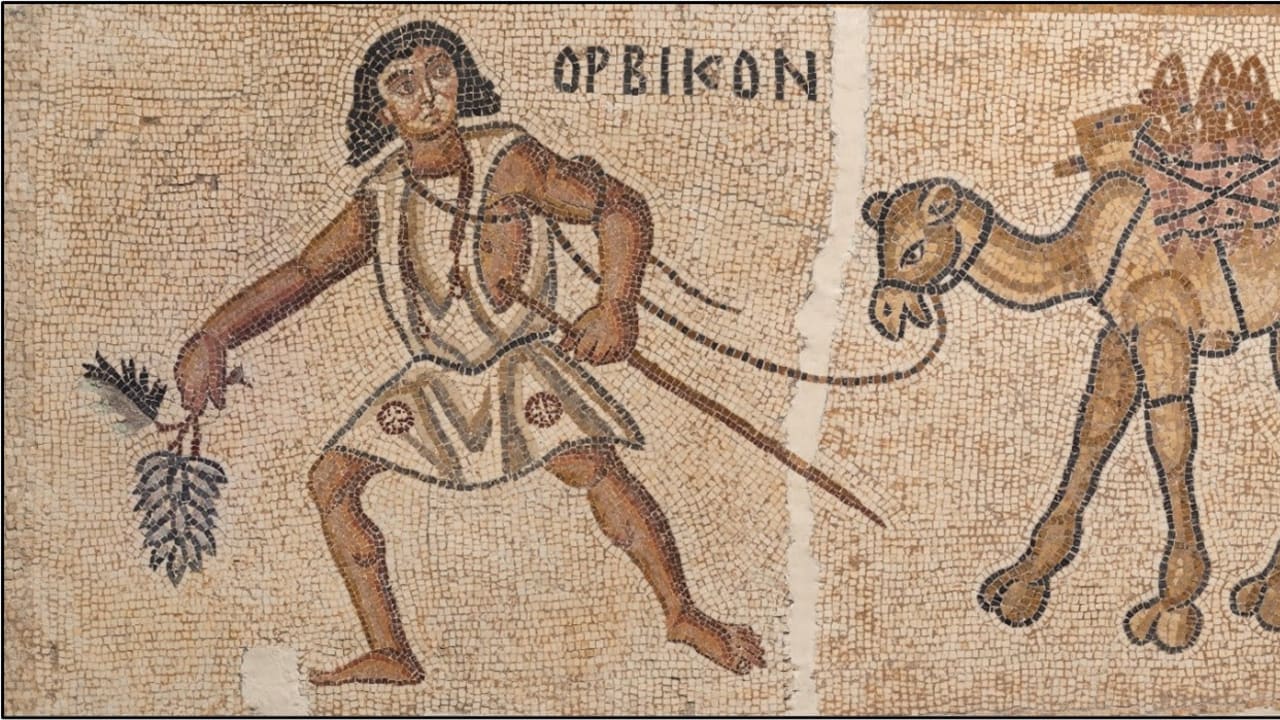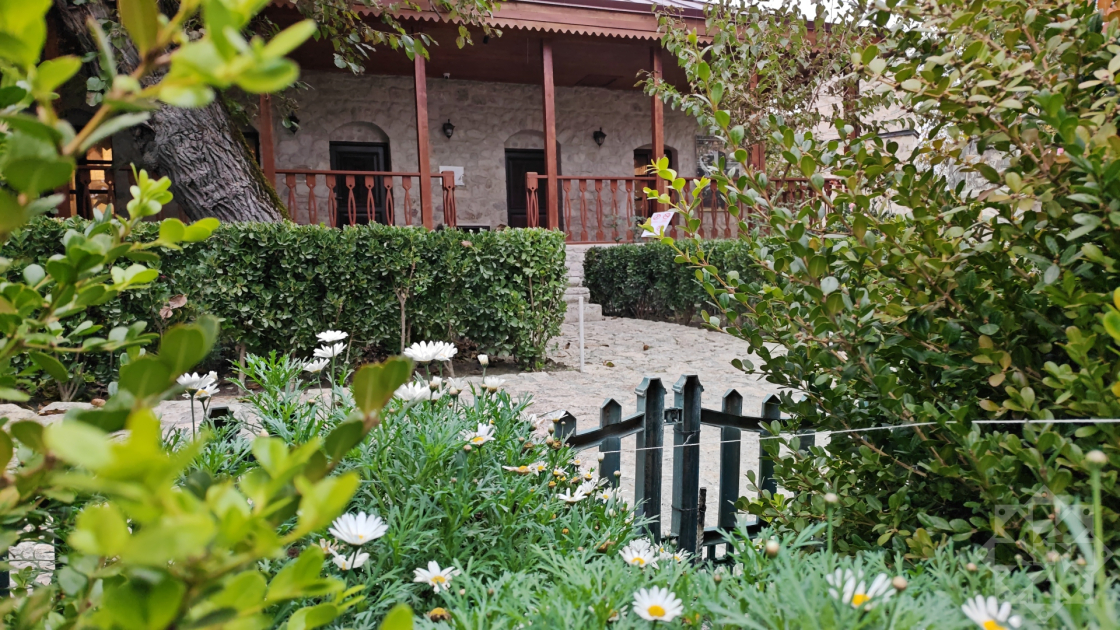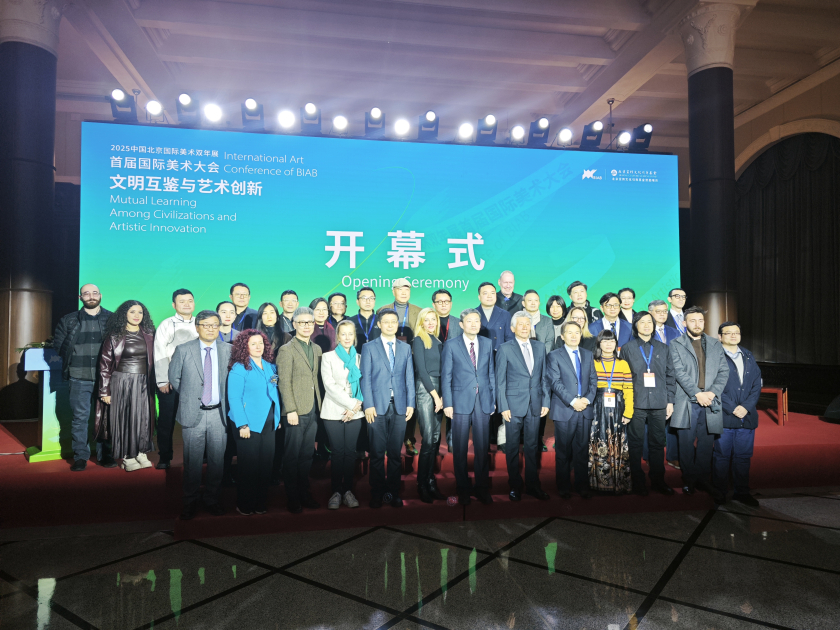Jerusalem Post
ByJOANIE MARGULIES
“Our findings show how difficult it was to maintain agriculture in the desert and how vulnerable the system was during periods of prolonged drought," the researchers concluded.
Even in the Byzantine period, wineries contributed to the local economy in the Negev, according to recently published research.
Wine, a profitable and sought-after crop through millennia, was a thriving industry in the arid desert, but was still vulnerable, largely dependent on the amount of rainfall that would come to the region through the years.
These findings, initially published in the academic journal PLOS ONE, were based on research conducted at the University of Haifa and uncovered via an innovative computational model. This model allowed researchers to reconstruct the production processes, the conditions that led to the industry's flourishing, and its subsequent collapse.
She Slept Beside Her Pet Wolf — Then the Vet Told Her the TruthSponsored by Tips and Tricks
Cruise Ship Encounters Goons - Watch What the Captain Does Next!Sponsored by Happy in ShapeStudy: Shroud of Turin image likely caused by sudden burst of radiationJPost - archaeology
“Our research shows that ancient societies knew how to adapt to extreme climates and how dependent they were on natural resources and the ability to exploit them fully. This is an important insight for the current era of climate change as well,” said Prof. Guy Bar-Oz from the University of Haifa, one of the study’s authors.
The new research from the University of Haifa, conducted in collaboration with Prof. Gil Gambash, research student Barak Garty from the School of Archaeology and Maritime Cultures, and Prof. Sharona T. Levy from the Department of Learning and Instruction in the Faculty of Education, sought to unravel the secret of the resilience and durability of local agriculture in the Negev.
The computational modeling created by University of Haifa researchers helped determine vineyard sizes in the Negev Highlands. (credit: COURTESY OF PROF. GUY BAR-OZ)
Their goal was to understand how residents managed to maintain a commercial wine production system in the heart of the desert.
Wine was one of the most profitable and sought-after crops in the Mediterranean Basin throughout history, reaching its peak in the arid Negev region during the Byzantine period (fourth to seventh centuries CE).
Negev farmers explored advanced dryland agricultural methods
Previous studies had indicated that Negev farmers employed advanced dryland agriculture methods, including building terraces, drainage channels, stone dams, and storage pits to collect rainwater and irrigate their vineyards and fields. However, a quantitative model to examine the extent to which these methods boosted yields or how vineyard production fared during drought and extreme climate changes had been lacking until now.
Honor killing in Pakistan: Teen murdered by father for using TikTokThe 16-year-old's family initially tried to cover up the murder as a suicide.JPost - international
Tucker Carlson says Jeffrey Epstein worked for Israel's MossadIn a speech at a Turning Point USA event, conservative TV personality Tucker Carlson questioned if Jeffrey Epstein blackmailed people involved in his sex trafficking scheme on behalf of the Mossad.JPost - international
FBI deputy Dan Bongino considers resignation after Epstein memo falloutBongino is reportedly furious at US Attorney-General Pam Bondi's handling of the Epstein files.Jpost - American Politics
The researchers developed a unique computer model by combining archaeological, environmental, and climatic data from the Byzantine Negev.
This model incorporates details on terrain, soil types, terrace systems, and rainwater collection, alongside comprehensive information on precipitation amounts and evaporation rates. Through simulation, the team was able to estimate the water flow to vineyards, the grape yield farmers achieved, and their strategies for coping with prolonged droughts.
“The model allows us to simulate different scenarios and examine what happens to the agricultural system when the climate changes or when precipitation decreases dramatically. We created a tool that gave us a near real-time glimpse into how the desert inhabitants planned their agriculture and responded to extreme situations,” the researchers explained.
The study's findings demonstrate that rainwater harvesting and terrace systems enabled Byzantine farmers to produce substantial quantities of wine, even with less than 100 mm of rain per year.
The research also highlighted how strategically planning vineyards in wadis significantly increased the chances of success for desert agriculture, which remained highly dependent on rainfall.
According to the model, a two-year drought resulted in nearly a one-third decrease in wine production compared to normal years, while a prolonged drought of five years led to a reduction of over 60 percent. The study further revealed that the recovery period for the agricultural system after extended dry spells could take more than six years.
“Our findings show how difficult it was to maintain agriculture in the desert and how vulnerable the system was during periods of prolonged drought. This is an important lesson for our time, highlighting the limitations of agriculture in arid regions and encouraging us to plan systems that will better cope with climate change,” the researchers concluded.

















